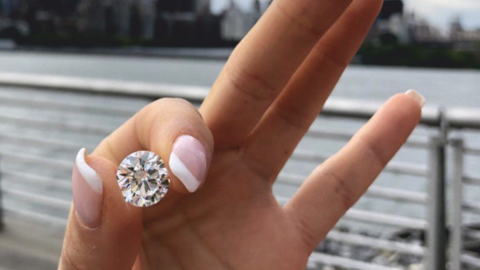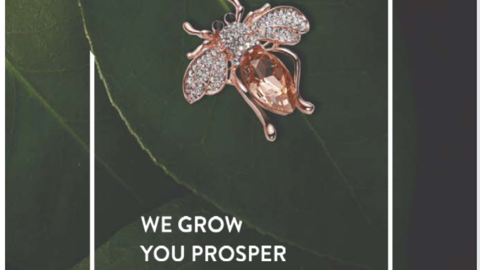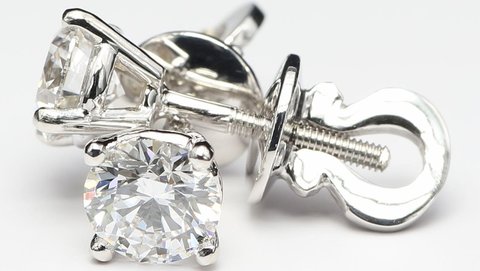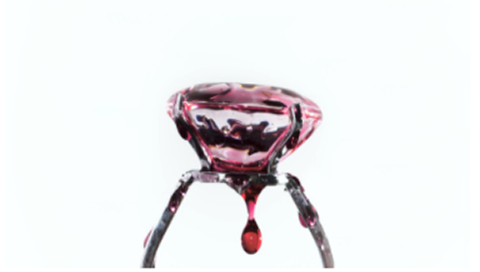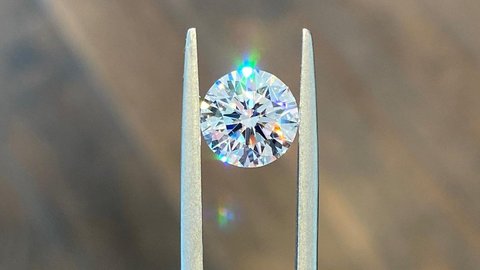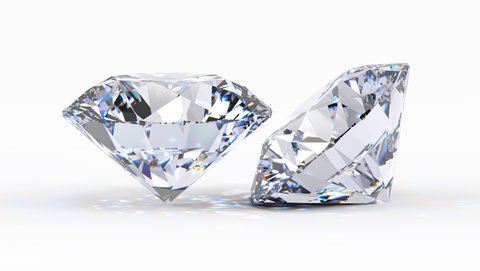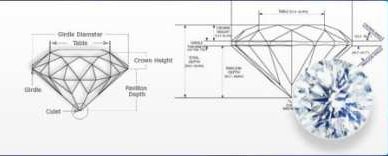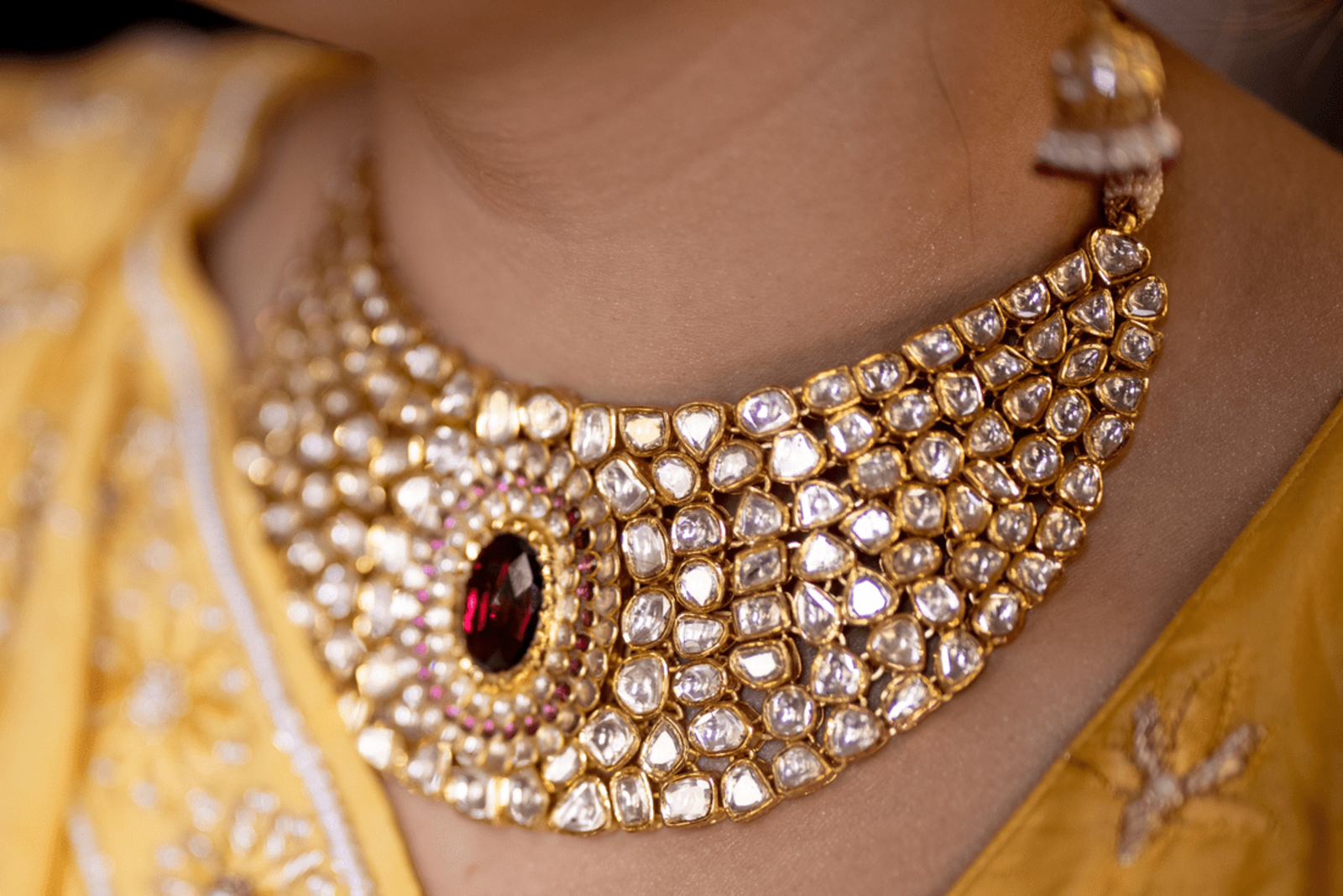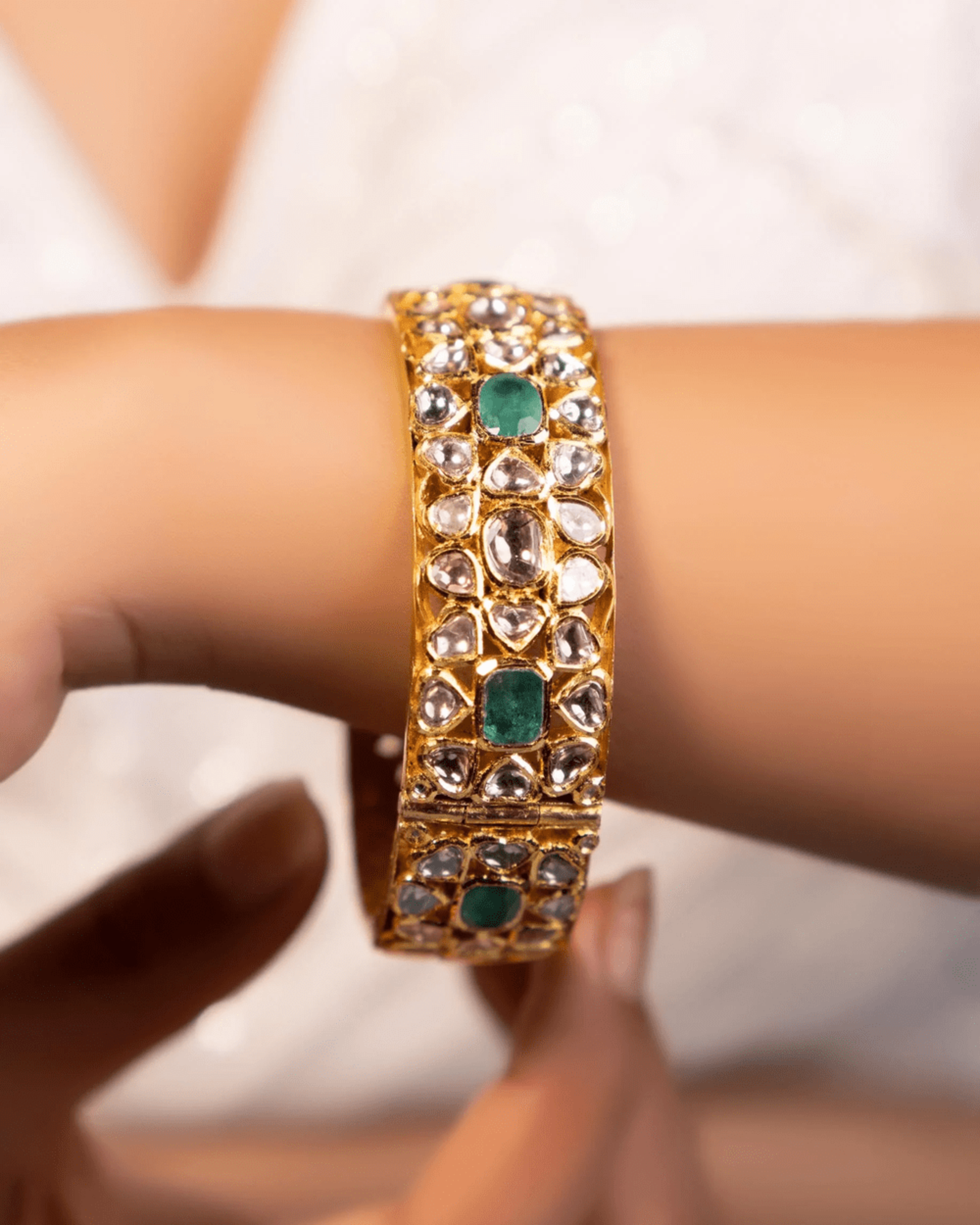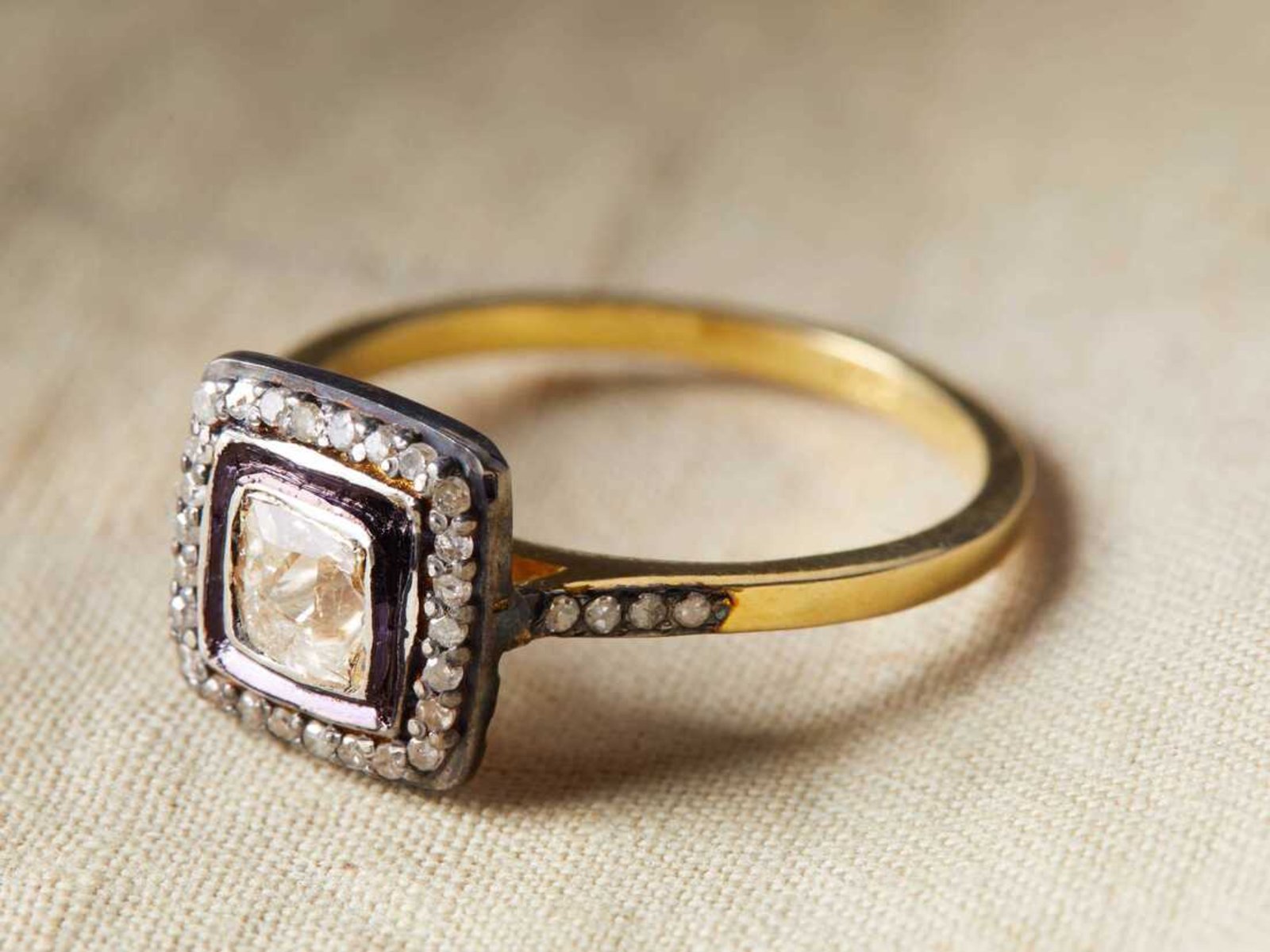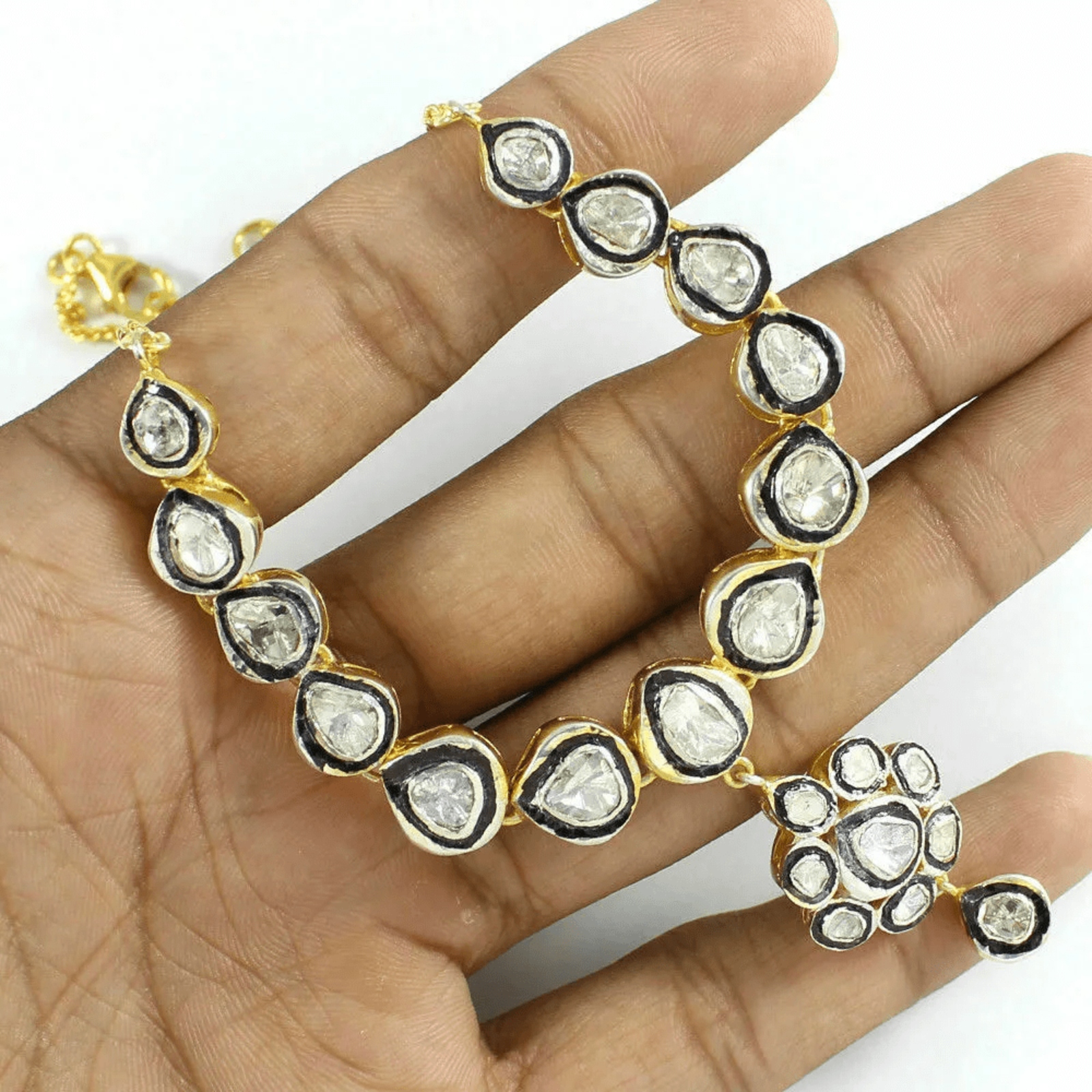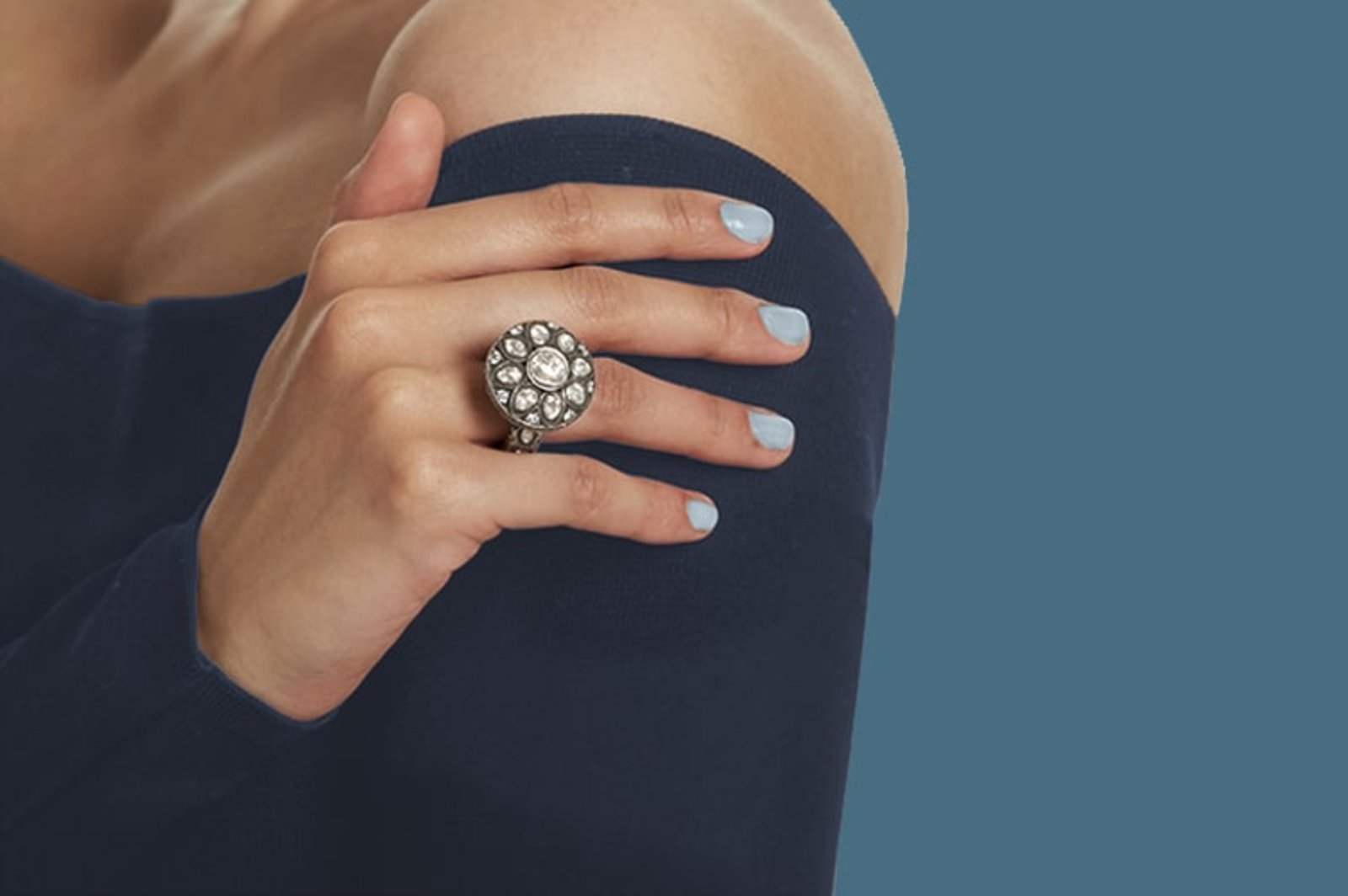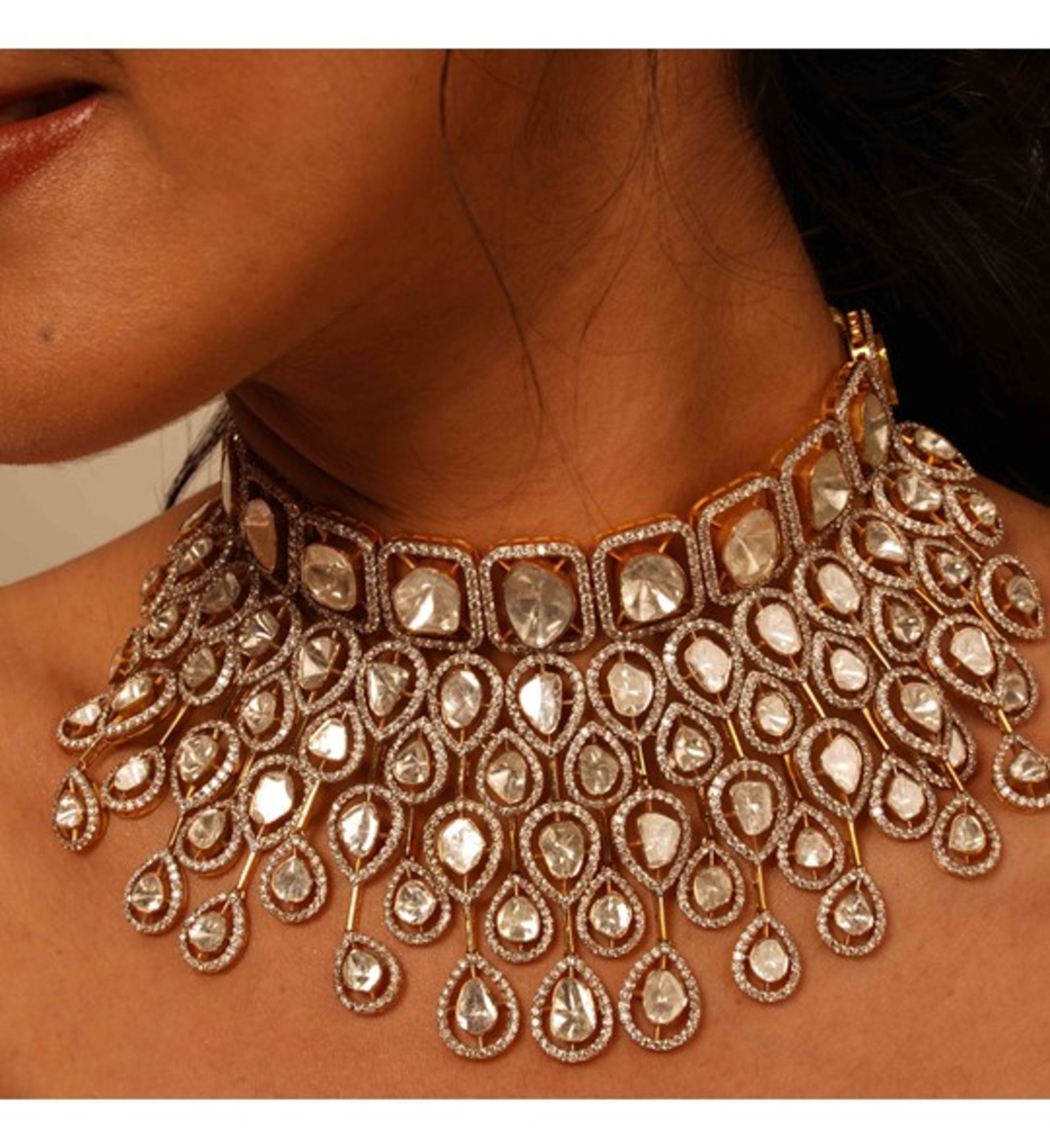Polki Diamond Cut
Polki refers to a unique type of uncut and minimally processed diamond originating from India. With their antique-like facets and irregular, organic shapes, polki diamonds possess an alluring vintage charm coated in heritage and aristocracy.
As one of the rarest diamond cuts in the world today, polki lab-grown diamonds command exceptionally high values among jewelry collectors and diamond connoisseurs.
What Makes Polki Lab Diamonds Unique?
Unlike standard brilliant or step cuts, the Polki cut comprises a variable number of facets placed in an asymmetric, uneven pattern. The highest quality Polki diamonds have up to a hundred tiny facets, each precisely calculated to maximize light reflection. This technique contrasts sharply with symmetrical Western cuts that follow geometric formulas. Instead, the complexity of a Polki's facet arrangement sets it in a class of its own.
The uneven shape also leaves a relatively thick girdle and higher crown. Together with the extra facets, this allows more light to refract inside the stone. As rays bounce around internally, they break into flashes of spectral fire that give Polki lab diamonds their trademark sparkle. The scintillating display shifts dynamically with the slightest movement, bathing onlookers in vibrant rainbow hues.
While brilliant cuts produce similar optical effects, they waste over 50% of the rough diamond. In contrast, Polki cutting minimizes weight loss while enhancing light performance. The final products exhibit a timeless charm with an octagonal or square outline, domed crown, and unusually thin edges. Ranging from perfectly transparent to slightly frosted, Polki lab diamonds carry a sense of antique elegance difficult to replicate elsewhere.
Identifying Authentic Polki Diamonds
The exclusivity and short supply of Polki diamonds leaves them vulnerable to imitation. Fortunately, experts can authenticate real Polki cuts by examining certain distinguishing traits.
Firstly, genuine Polki stones display irregular, hand-carved facets rather than machine-cut symmetry. Higher quality Polkis show delicate polish lines from the hand-faceting process using traditional bamboo tools. Machine mass-production cannot replicate these subtle hallmarks of human craftsmanship.
Secondly, light performance offers the best test for identification. True Polki diamonds exhibit exceptional brightness with a lively, dancing fire unmatched by artificial copies. Carefully observe how rainbow colors shimmer dynamically when viewed from different angles.
Inspection under magnification provides more definitive validation. Real Polki stones reveal random surface imperfections consistent with hand-faceting. Meanwhile, fakes made of lead glass show bubbles, debris, or swirl marks pointing to inferior materials and mass fabrication. Advanced testing methods like spectroscopy can further verify the structure and composition of diamond over simulants.
The Popularity of Polki Diamond Jewelry
In recent years, Polki jewelry has emerged as the ultimate bridal statement across lavish Indian weddings. Raw uncut diamonds, or Polki stones, shine in intricate necklaces, earrings, rings and more to adorn the bride in timeless elegance.
The Polki style extends to groom accessories as well, with ornate cufflinks and buttons crafted using the same textured stones. And the guest list glitters with Polki jewels nearly as bright as the couple's. In many ways, donning these heirloom designs lets Indian brides and grooms celebrate their heritage as they come together in matrimony.
For Indian brides and grooms today, embracing Polki's heritage makes their union feel at once grander and more intimate. And the shared enchantment promises to live on for generations as this iconic jewelry retains its status as an indispensable tradition of matrimony within the culture.
Polki Diamond Engagement Rings
Among modern jewelry pieces, polki diamond engagement rings remain highly popular especially for Indian brides. Polki diamonds set on gold or platinum bands make for stunning and meaningful engagement rings.
These engagement rings embedding polki diamonds often feature beautiful meenakari enameling or exquisite jadau jewel work to accentuate the central polki stone. Many polki ring designs draw inspiration from rich Indian heritage jewelry.
As alternatives to mined diamonds, vintage-look polki diamonds also appeal to eco-conscious couples for their engagement rings. Moreover, the heritage and exclusivity associated with rare polki diamonds add to their allure for engagement rings.
As each stone retains its natural form, the creation of settings becomes a bespoke process. Additionally, the polki design heritage often incorporates multiple stones arranged in repetitive patterns. This aesthetic exudes opulence and luxury, yet attaining it necessitates a more substantial amount of materials.
Are Polki Lab-Grown Diamonds Expensive?
The raw, unfinished surface of polki diamonds contains the very essence and appeal of these antique stones. However, minimal processing means polki lab-grown diamonds require extensive skill to shape them into stunning jewelry.
Moreover, only about 1% of the world's diamonds possess the characteristics to achieve the signature polki look. This natural scarcity along with India's high demand for polki makes them very valuable.
Pricing also depends on factors like carat, cuts and source of the raw polki stone.
Conclusion
In essence polki diamonds exemplify heritage, luxury and sophistication in the world of diamonds. They connect us to a rich past even as polki makes its way into rare modern jewelry pieces. No other diamond blends history, rarity and fine jewelry craft at the level of magical polki diamonds.


